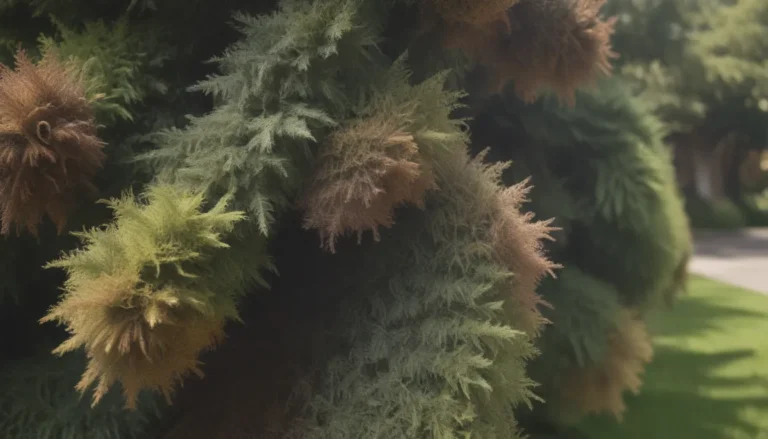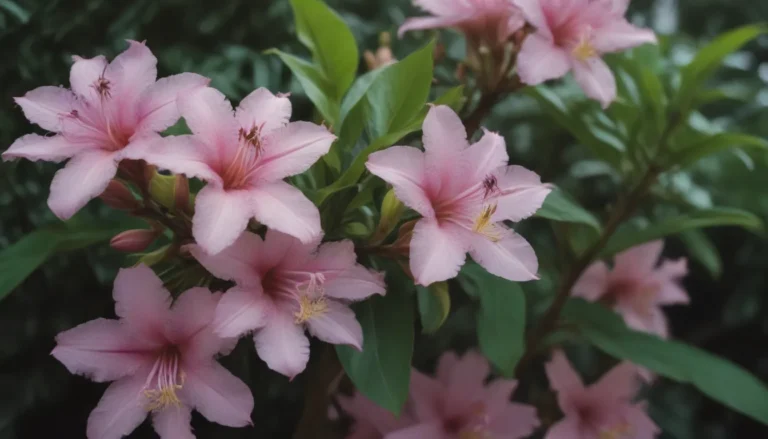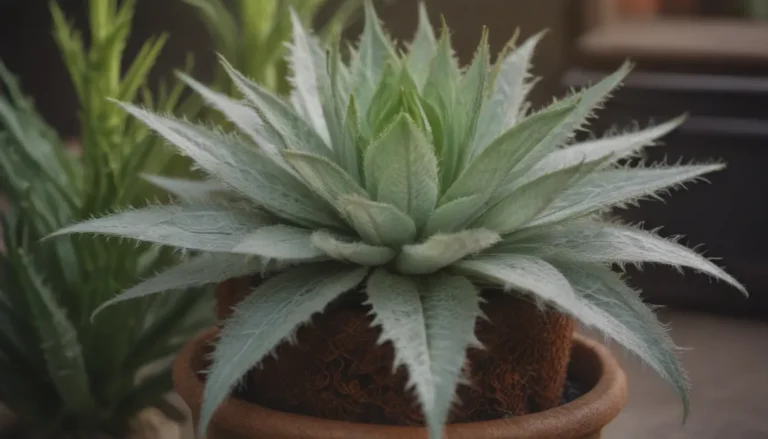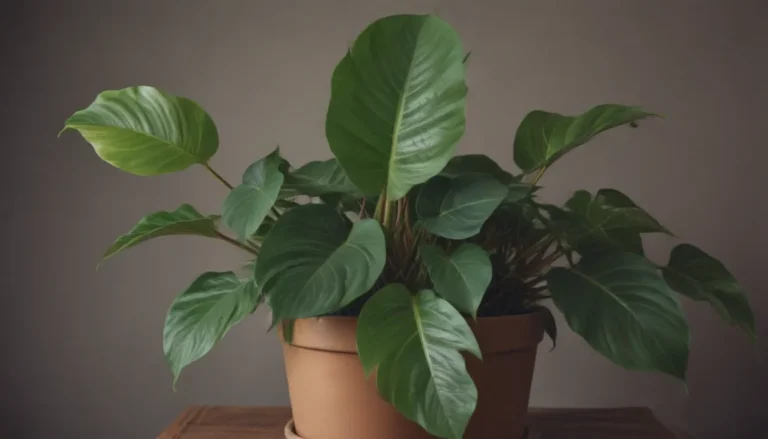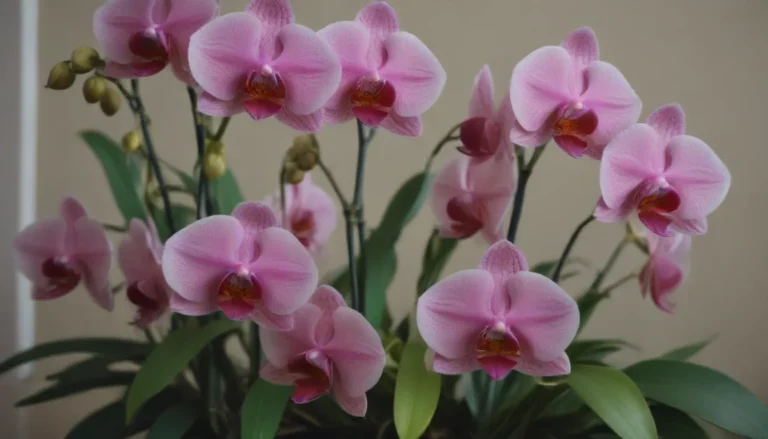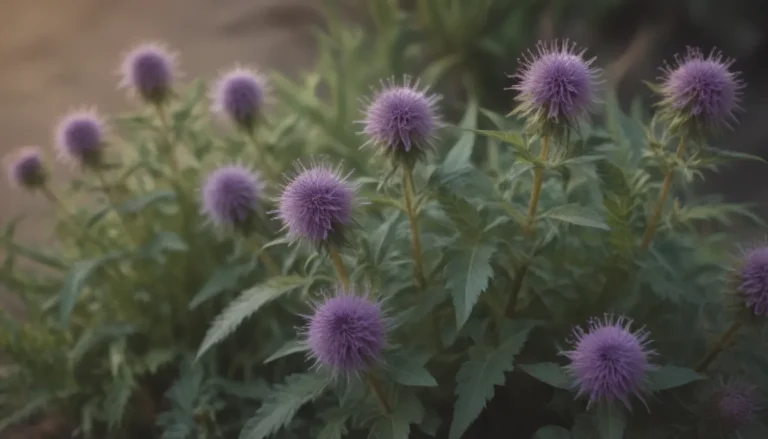The Complete Guide to Growing and Caring for Creeping Jenny Plants
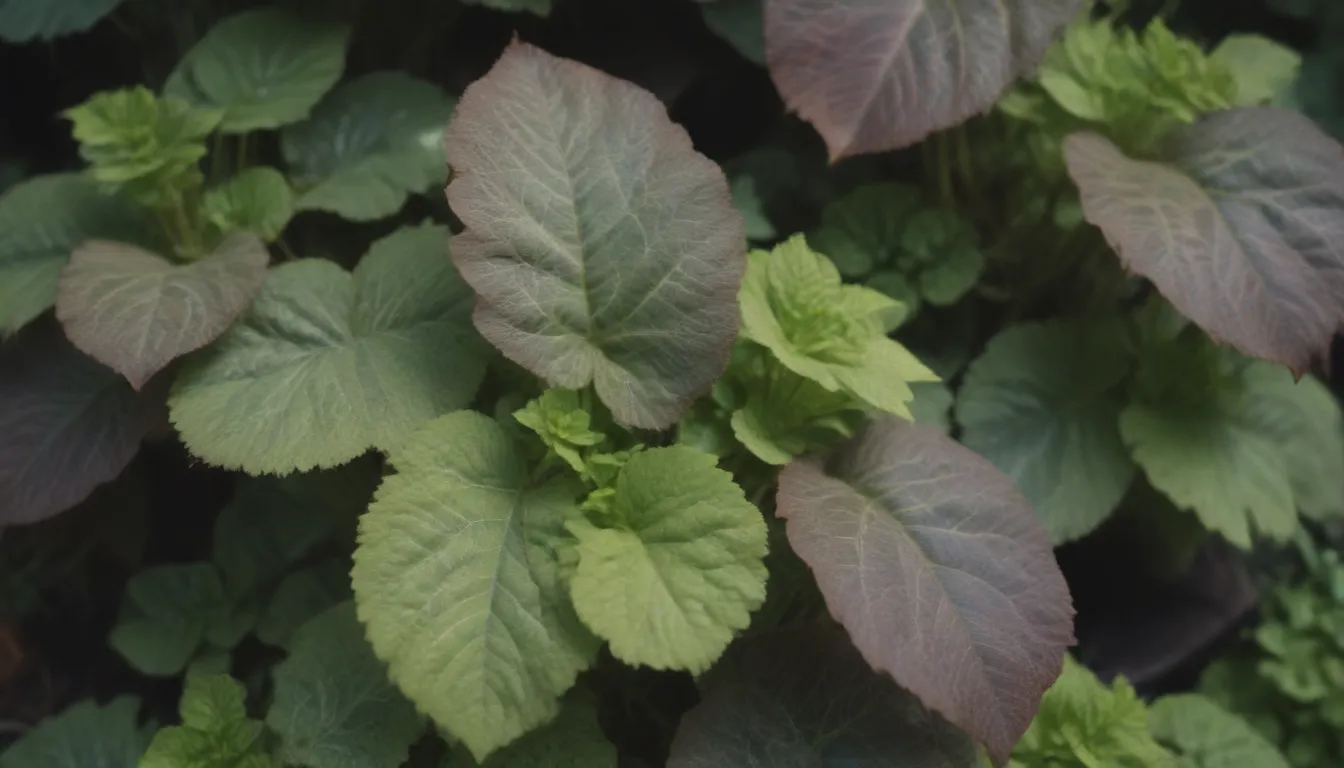
Creeping Jenny, also known as Lysimachia nummularia, is a delightful perennial plant with bright, small yellow flowers that are sure to brighten up any garden. While its blooms may not last long, the foliage of this low-growing plant is what truly steals the show. With leaves that resemble tiny coins, Creeping Jenny is often referred to as “moneywort” and is a member of the Primulaceae family. Hardy in USDA zones 4–9, Creeping Jenny is a versatile plant that can be used as a ground cover or in containers to add a touch of color and texture to your outdoor space.
Why Choose Creeping Jenny?
- Bright yellow flowers
- Low-growing foliage makes an excellent ground cover
- Ideal for containers and hanging baskets
- Adds color and softens hard edges in the garden
Creeping Jenny is often mistaken for Creeping Charlie, another invasive plant with similar foliage but distinct purple flowers. While Creeping Jenny is known for its rapid growth and ability to spread quickly, it is also easy to grow and maintain with proper care.
Creeping Jenny Care Tips
Light
Creeping Jenny thrives in full sun to partial shade. The color of its foliage will vary depending on its sun exposure, turning golden yellow in full sun and chartreuse green in partial shade. Be mindful of afternoon sun in hot climates, as it may cause the leaves to lose their color.
Soil
This plant prefers moist, well-draining soil and can even be found growing along riverbanks where the soil is wet. To promote healthy growth, ensure that the soil remains consistently moist but not waterlogged.
Water
Water your Creeping Jenny regularly to keep the soil damp. Avoid letting the soil dry out completely, as this can hinder the plant’s growth. Be cautious during hot, dry periods and adjust your watering schedule as needed.
Temperature and Humidity
Creeping Jenny is a hardy perennial in USDA zones 4-9, capable of surviving cold winters and returning in the spring. It is tolerant of a range of temperatures and humidity levels, making it a versatile plant for various climates.
Fertilizer
Once established, Creeping Jenny can benefit from a light application of a balanced fertilizer (such as a 10-10-10 solution) in early spring to promote healthy growth. Avoid over-fertilizing, as this can lead to excessive foliage at the expense of flowers.
Pruning and Propagation
Pruning
Trim back any dead or overgrown stems of your Creeping Jenny before winter sets in to encourage fresh growth in the spring. Regular pruning will help maintain the plant’s shape and prevent it from becoming too unruly.
Propagation
Creeping Jenny is a resilient plant that can be propagated easily through both seeds and rhizomes. To establish new plants, simply dig up a portion of an established patch, separate it, and replant it in fresh soil. You can also root cuttings in water to create new plants.
Potting and Repotting
Creeping Jenny is well-suited for container gardens, where its trailing tendrils can cascade over the edges of pots and hanging baskets. When planting in containers, pair Creeping Jenny with taller plants for a pleasing contrast in height and texture. Repot as needed to accommodate the plant’s growth and prevent overcrowding.
Common Pests and Diseases
While Creeping Jenny is generally resistant to pests and diseases, it may be susceptible to fungal issues like rust and leaf spots in humid or rainy conditions. Treat these conditions promptly with liquid copper fungicides to prevent further damage to the plant. Regular inspection and maintenance can help mitigate potential issues before they become serious.
In conclusion, Creeping Jenny is a charming and versatile plant that can add a touch of vibrancy to any garden. With proper care and maintenance, this perennial ground cover can thrive in a variety of growing conditions and be enjoyed year after year. Whether grown in the garden or in containers, Creeping Jenny is sure to delight with its bright yellow flowers and trailing foliage.
Remember, with a little time and attention, your Creeping Jenny plants will reward you with their beauty and resilience. Happy gardening!
